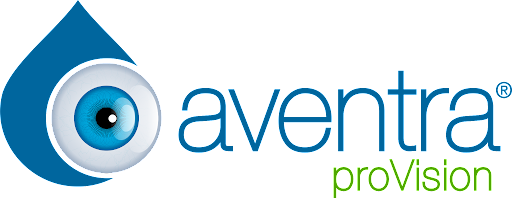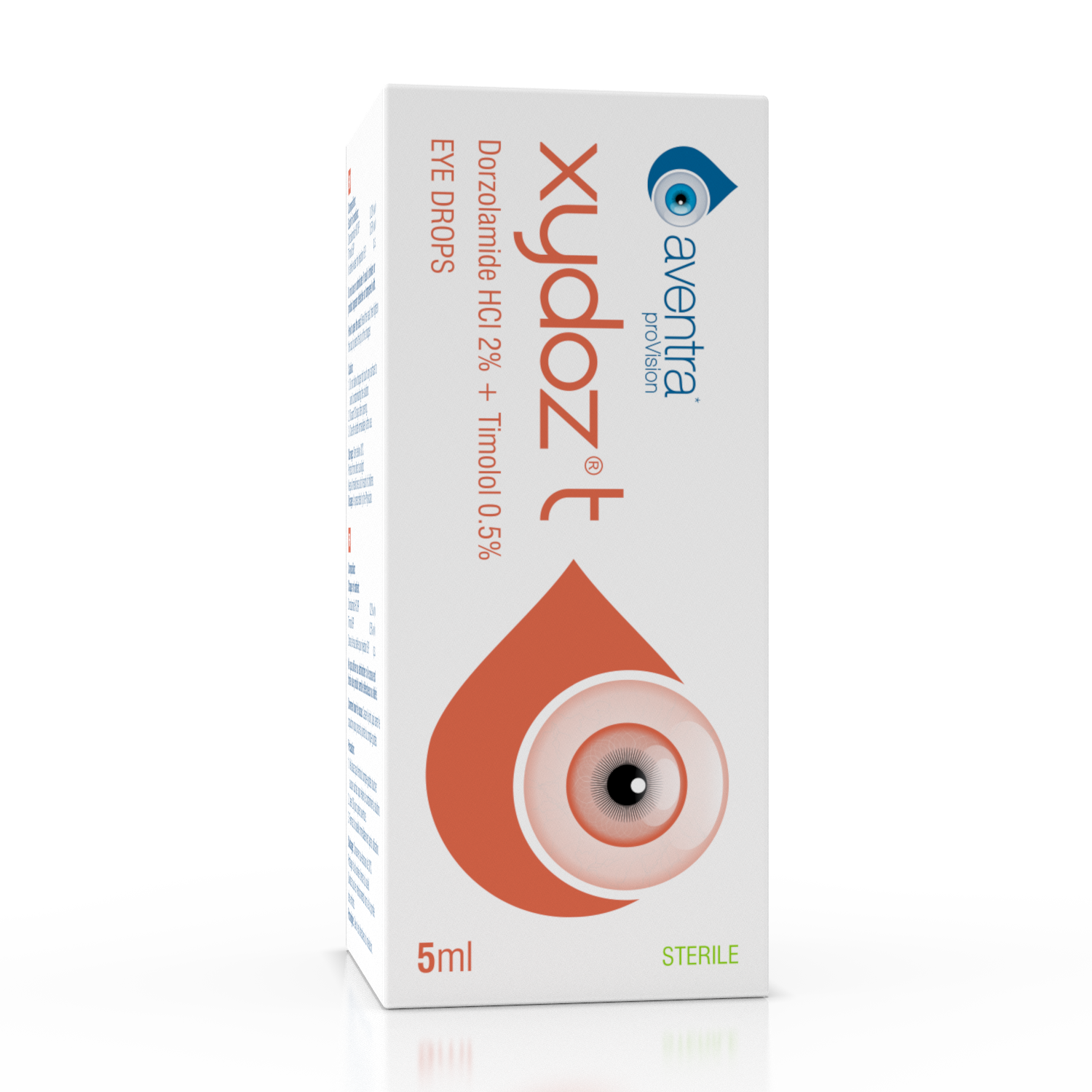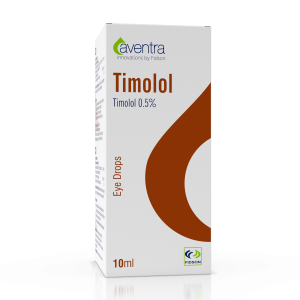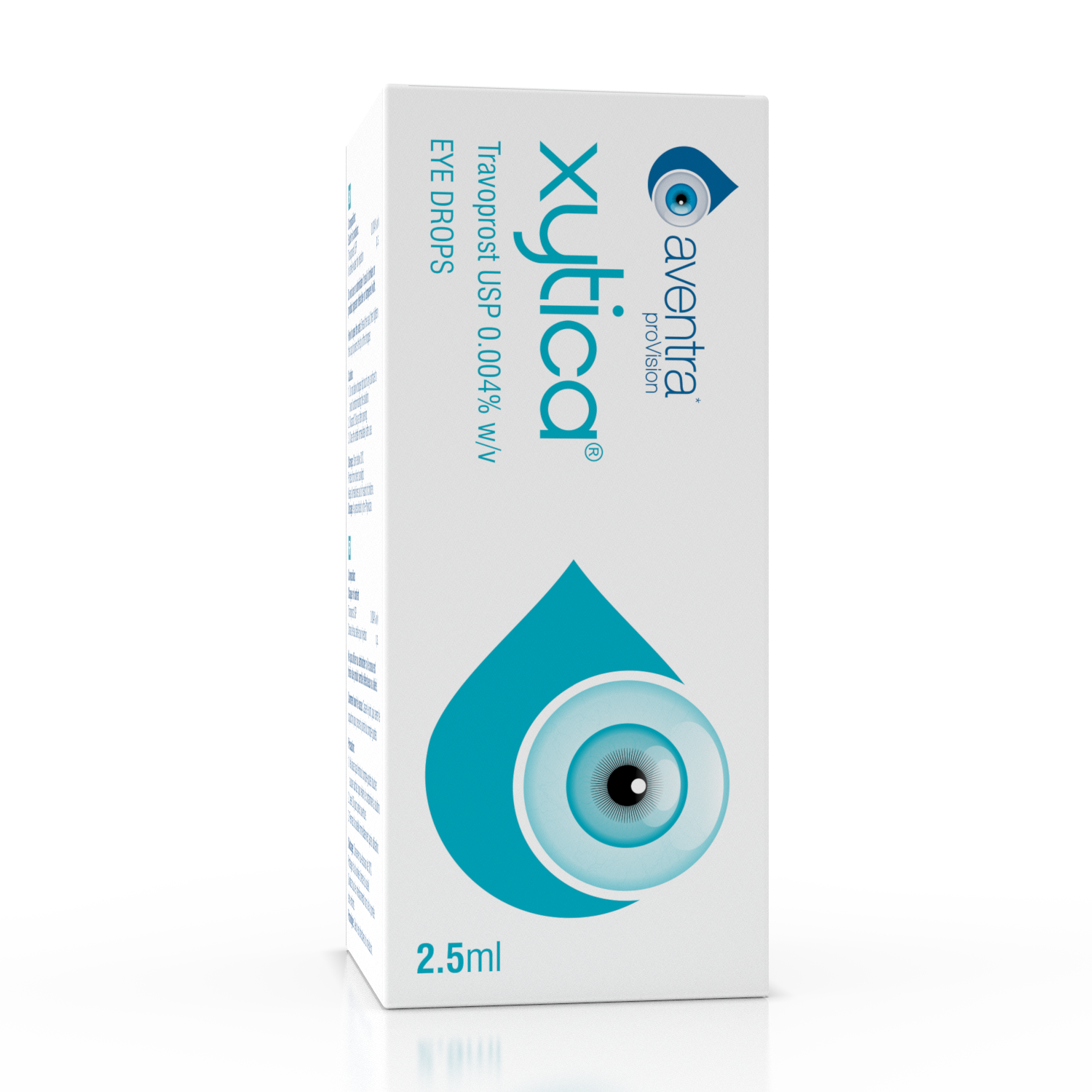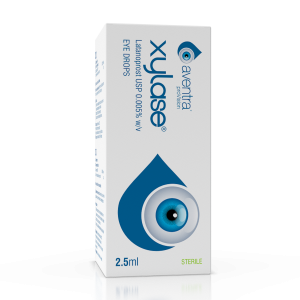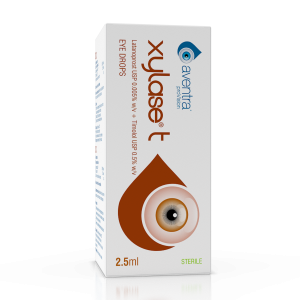Description
Read this leaflet carefully before you start taking this medicine. (PDF DOWNLOAD)
- Keep this leaflet. You may need to read it again before, during or after use of this medicine. • If you have any further questions, ask your health care provider.
- This medicine has been prescribed for you only. Do not pass it on to others. It may harm them, even if their symptoms are the same as yours.
- If any of the side effects become serious, or if you notice any side effects not listed in this leaflet, please inform your health care provider.
In this leaflet:
- What Xydoz T Eyedrop is and what it is used for
- What you need to know before you use Xydoz T Eyedrop
- How to use Xydoz T Eyedrop
- Possible side effects
- How to store Xydoz T Eyedrop
- Contents of the pack and other information
- WHAT XYDOZ T EYEDROP IS AND WHAT IT IS USED FOR
Xydoz T is a combination of two medicines: dorzolamide and timolol. Dorzolamide belongs to a group of medicines called ‘carbonic anhydrase inhibitors. Timolol belongs to a group of medicines called ‘beta-blockers’. These medicines lower the pressure in the eye in different ways. Xydoz T is prescribed to lower raised pressure in the eye in the treatment of glaucoma when beta-blocker eye drops used alone are not adequate.
- WHAT YOU NEED TO KNOW BEFORE USING XYDOZ T EYEDROP Do not use XYDOZ T:
- If you are allergic to dorzolamide, timolol or any of the other ingredients of this medicine. • If you have now or had in the past respiratory problems such as asthma or severe chronic obstructive bronchitis (severe lung disease which may cause wheeziness, difficulty in breathing and/ or long-standing cough).
- If you have a slow heartbeat, heart failure or disorders of heart rhythm (irregular heartbeats). • If you have severe kidney disease or problems, or a prior history of kidney stones. • If you have excess acidity of the blood caused by a build-up of chloride in the blood (hyperchloraemic acidosis).
If you are not sure whether you should use this medicine, contact your doctor or pharmacist.
Warnings and precautions
Talk to your doctor before using Xydoz T. Tell your doctor about any medical or eye problems you have now or have had in the past:
- Coronary heart disease (symptoms can include chest pain or tightness, breathlessness, or choking), heart failure, low blood pressure.
- Disturbances of heart rate such as slow heartbeat.
- Breathing problems, asthma or chronic obstructive pulmonary disease. • Poor blood circulation disease (such as raynaud’s disease or raynaud’s syndrome). • Diabetes, as timolol may mask signs and symptoms of low blood sugar. • Overactivity of the thyroid gland, as timolol may mask signs and symptoms.
Tell your doctor before you have an operation that you are using Xydoz T, as timolol may change the effects of some medicines used during anaesthesia.
Also tell your doctor about any allergies or allergic reactions including hives, swelling of the face, lips, tongue, and/or throat which may cause difficulty in breathing or swallowing.
Tell your doctor if you have muscle weakness or have been diagnosed as having myasthenia gravis. If you develop any eye irritation or any new eye problems such as redness of the eye or swelling of the eyelids, contact your doctor immediately.
If you suspect that Xydoz T is causing an allergic reaction or hypersensitivity (for example, skin rash, severe skin reaction, or redness and itching of the eye), stop using this medicine and contact your doctor immediately.
Tell your doctor if you develop an eye infection, receive an eye injury, have eye surgery or develop a reaction including new or worsening symptoms.
When Xydoz T is instilled into the eye it may affect the entire body. If you wear soft contact lenses, you should consult your doctor before using this medicine.
Other medicines and Xydoz T
Xydoz T can affect or be affected by other medicines you are using, including other eye drops for the treatment of glaucoma. Tell your doctor if you are using or intend to use medicines to lower blood pressure, heart medicine or medicines to treat diabetes. Tell your doctor or pharmacist if you are using, have recently used or might use any other medicines. This is particularly important if you are:
- Taking medicines to lower blood pressure or to treat heart disease (such as calcium channel blockers, beta-blockers or Digoxin).
- Taking medicines to treat a disturbed or irregular heartbeat such as calcium channel blockers, beta-blockers or digoxin.
- Using another eye drop that contains a beta-blocker.
- Taking another carbonic anhydrase inhibitor such as acetazolamide. • Taking Monoamine Oxidase Inhibitors (MAOIs) which are used to treat depression.
- Taking a parasympathomimetic medicine which may have been prescribed to help you pass urine. Parasympathomimetics are also a particular type of medicine which is sometimes used to help restore normal movements through the bowel.
- Taking narcotics such as morphine used to treat moderate to severe pain. • Taking medicines to treat diabetes.
- Taking antidepressants known as fluoxetine and paroxetine.
- Taking a sulfa medicine.
- Taking quinidine (used to treat heart conditions and some types of malaria).
Pregnancy and breast-feeding
If you are pregnant or breast-feeding, think you may be pregnant or are planning to have a baby, ask your doctor or pharmacist for advice before taking this medicine.
Pregnancy
Do not use Xydoz T if you are pregnant unless your doctor considers it necessary.
Breast-Feeding
Do not use Xydoz T if you are breast-feeding. Timolol may get into your milk.
Driving and using machines
No studies on the effects on the ability to drive or use machines have been documented. There are side effects associated with Xydoz T, such as blurred vision, which may affect your ability to drive and/or operate machinery. Do not drive or operate machinery until you feel well or your vision is clear.
- HOW TO USE XYDOZ T EYEDROP
Always use this medicine exactly as your doctor has told you. Check with your doctor or pharmacist if you are not sure. The appropriate dose and duration of treatment will be established by your doctor.
The recommended dose is one drop in the affected eye(s) in the morning and in the evening.
If you are using this medicine with another eye drop, the drops should be instilled at least 10 minutes apart.
Do not change the dose of the medicine without consulting your doctor.
Do not allow the tip of the container to touch your eye or areas around your eye. It may become contaminated with bacteria that can cause eye infections leading to serious damage of the eye, even loss of vision. To avoid possible contamination of the container, keep the tip of the container away from contact with any surface.
If you think your medicine may be contaminated, or if you develop an eye infection, contact your doctor immediately concerning continued use of this bottle. To secure correct dose – the dropper tip should not be enlarged.
Instructions for use
It is recommended that you wash your hands before putting in your eye drops. It may be easier to apply your eye drops in front of a mirror.
- Before using the medicine for the first time, be sure that the tamper-proof seal on the bottle neck is unbroken. A gap between the bottle and the cap is normal for an unopened bottle. 2. Take off the cap of the bottle.
- Tilt your head back and gently pull your lower eyelid down to form a small pocket between your eyelid and your eye.
- Turn the bottle upside down and squeeze it until a single drop is instilled into the eye as directed by your doctor. DO NOT TOUCH YOUR EYE OR EYELID WITH THE DROPPER TIP.
- After using Xydox T, press a finger into the corner of your eye, by the nose, or close your eyelids for 2 minutes. This helps to stop the medicine from getting into the rest of the body. 6. Repeat steps 3-5 with the other eye if instructed to do so by your doctor. 7. Put the cap back on and close the bottle straight after you have used it.
If you use more Xydoz T than you should
If you put too many drops in your eye or swallow any of the contents of the container, among other effects, you may become light-headed, have difficulty breathing, or feel that your heart rate has slowed. Contact your doctor immediately.
If you forget to use Xydoz T
It is important to use this medicine as prescribed by your doctor. If you miss a dose, take it as soon as possible. However, if it is almost time for the next dose, skip the missed dose and go back to your regular dosing schedule. Do not take a double dose to make up for a forgotten dose.
- POSSIBLE SIDE EFFECTS OF DORZOLAMIDE HYDROCHLORIDE 2% + TIMOLOL 0.5% EYEDROP
Like all medicines, this medicine can cause side effects, although not everybody gets them. You can usually carry on using the drops, unless the effects are serious. If you are worried, talk to a doctor or pharmacist.
Do not stop using Xydoz T without speaking to your doctor.
If you develop generalised allergic reactions including swelling beneath the skin (that can occur in areas such as the face and limbs and can obstruct the airway which may cause difficulty swallowing or breathing), hives or itchy rash, localised and generalised rash, itchiness, severe sudden life-threatening allergic reaction, you should stop using Xydoz T
and talk to your doctor immediately.
The following side effects have been reported with Xydoz T eye drops, solution or one of its components either during clinical trials or during post-marketing experience:
Very Common (may affect more than 1 in 10 people)
- Burning and stinging of the eyes
- Unusual taste.
Common (may affect up to 1 in 10 people)
- Redness in and around the eye(s)
- Watering or itching of the eye(s)
- Corneal erosion (damage to the front layer of the eyeball)
- Swelling and/or irritation in and around the eye(s)
- Feeling of having something in the eye
- Decreased corneal sensitivity (not realising that something has got into the eye and not feeling pain)
- Eye pain
- Dry eyes
- Blurred vision
- Headache
- Sinusitis (feeling of tension or fullness in the nose)
- Feeling sick (also called nausea, weakness/tiredness and fatigue)
Uncommon (may affect up to 1 in 100 people)
- Dizziness
- Depression
- Inflammation of the iris
- Visual disturbances including refractive changes (in some cases due to withdrawal of medicine to treat excessive contraction of the pupil of the eye)
- Slow heartbeat
- Fainting
- Difficulty breathing (dyspnoea)
- Indigestion
- Kidney stones (often marked by a sudden onset of excruciating, cramping pain in the lower back and/or side, groin, or abdomen).
Rare (may affect up to 1 in 1,000 people)
- Systemic lupus erythematosus (an immune disease which may cause an inflammation of internal organs), tingling or numbness of the hands or feet
- Trouble sleeping, nightmares, memory loss
- An increase in signs and symptoms of myasthenia gravis (muscle disorder), • Decreased sex drive
- Stroke
- Temporary shortsightedness which may resolve when treatment is stopped, • Detachment of the layer below the retina that contains blood vessels following filtration surgery which may cause visual disturbances
- Drooping of the eyelids (making the eye stay half closed)
- Double vision
- Eyelid crusting
- Swelling of the cornea (with symptoms of visual disturbances)
- Low pressure in the eye
- Ringing noises in your ear
- Low blood pressure
- Changes in the rhythm or speed of the heartbeat
- Congestive heart failure (heart disease with shortness of breath and swelling of the feet and legs due to fluid buildup)
- Oedema (fluid build-up)
- Cerebral ischaemia (reduced blood supply to the brain)
- Chest pain
- Forceful heartbeat that may be rapid or irregular (palpitations)
- Heart attack
- Raynaud’s phenomenon
- Swelling or coldness of your hands and feet and reduced circulation in your arms and legs • Leg cramps and/or leg pain when walking (claudication)
- Shortness of breath
- Feeling out of breath
- Runny or stuffed nose
- Nosebleed, constriction of the airways in the lungs causing difficulty in breathing, • Cough
- Throat irritation
- Dry mouth
- Diarrhoea
- Contact dermatitis.
- Hair loss
- Skin rash with white silvery coloured appearance (psoriasiform rash) • Peyronie’s disease (which may cause a curvature of the penis)
- Allergic type reactions (such as rash, hives, itching, in rare cases possible swelling of the lips, eyes and mouth, wheezing or severe skin reactions (Stevens Johnson syndrome, toxic epidermal necrolysis)).
Like other medicines applied to the eyes, Timolol is absorbed into the blood. This may cause similar side effects as seen with oral beta-blocking agents. Incidence of side effects after topical ophthalmic administration is lower than when medicines are, for example, taken by mouth or injected.
Listed side effects include reactions seen within the class of beta-blockers when used for treating eye conditions.
Reporting of side effects
If you get any side effects, talk to your doctor, pharmacist or nurse. This includes any possible side effects not listed in this leaflet
- HOW TO STORE DORZOLAMIDE HYDROCHLORIDE 2% + TIMOLOL 0.5% EYEDROP • Keep this medicine out of the sight and reach of children.
- Do not use this medicine after the expiry date which is stated on the bottle label and the carton after “EXP”. The expiry date refers to the last day of that month. Keep the bottle in the outer carton to protect from light.
- Store below 30°C.
- Xydoz T should be used within 28 days after the bottle is first opened. • Therefore, you must throw away the bottle 4 weeks after you first opened it, even if some solution is left.
- FURTHER INFORMATION
What Xydoz T Eye Drops contain
The active substance is Dorzolamide 0.2%w/v and Timolol 0.5% w/v.
What Xydoz T Eye Drops look like and contents of the pack
A solution in a 10ml dropper bottle with a screw cap placed in a carton with insert.
